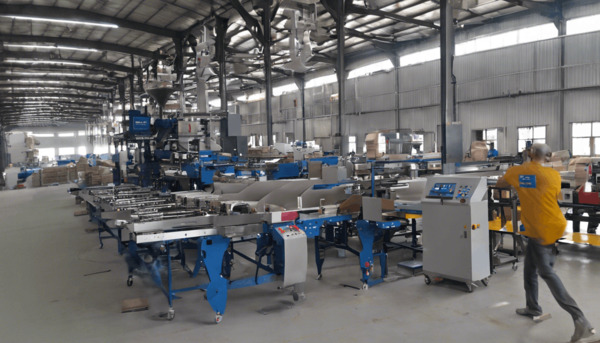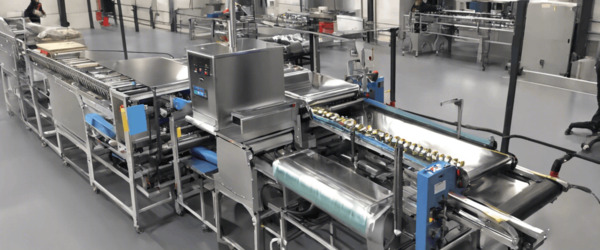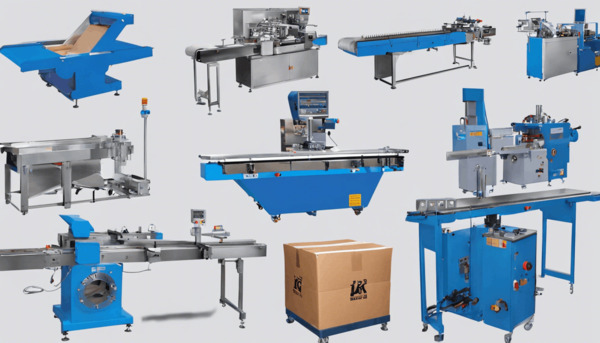
Understanding the Strip Packaging Process
Strip packaging is a popular method used in the pharmaceutical and consumer goods industries to package tablets, capsules, and other small items. It involves enclosing individual doses of medication or other products between two layers of heat-sealable foil or film. This packaging method is valued for its ability to protect products from environmental factors such as moisture, light, and air, ensuring the integrity and efficacy of the product throughout its shelf life.
Materials Used in Strip Packaging
The materials used in strip packaging typically include a combination of aluminum foil and plastic films. Aluminum foil is favored for its excellent barrier properties, which protect the contents from moisture, oxygen, and light. The plastic films, often made from polyethylene or polypropylene, provide additional strength and flexibility to the packaging. These materials are chosen based on the specific requirements of the product being packaged, such as its sensitivity to light or moisture.
The Strip Packaging Process
The strip packaging process involves several key steps:
1. Product Feeding: The process begins with the feeding of the product, such as tablets or capsules, into the packaging machine. This is typically done using a hopper or a conveyor system that ensures a continuous and consistent supply of the product to the machine.
2. Film Feeding: Two rolls of packaging material are fed into the machine. One roll serves as the bottom layer, while the other serves as the top layer. These films are aligned and fed through the machine in preparation for sealing.
3. Product Placement: The product is accurately placed between the two layers of film. This step is crucial as it ensures that each dose is individually sealed and protected.
4. Sealing: The films are then sealed together around the product. This is typically done using heat and pressure, which activate the heat-sealable coating on the films, creating a hermetic seal that protects the product from external factors.
5. Cutting: Once sealed, the strip is cut into individual units. This can be done using rotary or reciprocating cutters, depending on the machine design and the desired output.
6. Inspection and Quality Control: The finished strips are inspected for quality assurance. This includes checking for proper sealing, accurate product placement, and any defects in the packaging material.
Advantages of Strip Packaging
Strip packaging offers several advantages, making it a preferred choice for many manufacturers:
Protection: The hermetic seal provides excellent protection against environmental factors, ensuring the product remains effective and safe for consumption.
Portability: Strip packages are lightweight and compact, making them easy to transport and store. This is particularly beneficial for consumers who need to carry their medication with them.
Dosage Accuracy: Each strip contains a single dose, reducing the risk of dosage errors and improving patient compliance.
Cost-Effectiveness: The materials used in strip packaging are generally less expensive than other forms of packaging, such as blister packs, making it a cost-effective solution for manufacturers.
Applications of Strip Packaging
Strip packaging is widely used in the pharmaceutical industry for packaging tablets, capsules, and lozenges. It is also used in the consumer goods industry for packaging items such as candies, seeds, and small hardware components. The versatility and protective qualities of strip packaging make it suitable for a wide range of products that require individual packaging.
Challenges and Considerations
While strip packaging offers many benefits, there are also challenges to consider. The sealing process must be carefully controlled to ensure a complete and consistent seal, as any compromise can lead to product degradation. Additionally, the choice of materials must be tailored to the specific needs of the product, taking into account factors such as moisture sensitivity and shelf life requirements.
In conclusion, strip packaging is a highly effective method for packaging small, individual doses of products. Its protective qualities, cost-effectiveness, and convenience make it a popular choice across various industries. However, careful consideration must be given to the materials and processes used to ensure the highest quality and efficacy of the packaged product.





